Aluminum die casting is one of the most essential manufacturing processes in today’s industrial landscape. Combining the lightweight properties of aluminum with the precision of high-pressure molding, this technique produces complex, high-strength parts efficiently and at scale.
This guide provides a comprehensive overview of the aluminum die casting process, including key alloys, acabamentos de superfície, considerações de design, and applications across major industries.
Introdução
Aluminum is a lightweight, corrosion-resistant metal with high thermal and electrical conductivity. These properties make it ideal for producing intricate components with tight tolerances through die casting. Among all forming processes, aluminum die casting stands out for its repeatability, precisão dimensional, e eficiência de custos, especially for high-volume production.
What Is the Aluminum Die Casting Process?
Definição
Aluminum die casting is a high-pressure manufacturing method that injects molten aluminum into a steel mold (morrer) to produce complex, accurate metal parts. It is primarily conducted using cold chamber die casting machines due to aluminum’s high melting point (~660°C or 1220°F), which would damage the submerged components in a hot chamber machine.
Step-by-Step Process:
Fusão: Aluminum ingots are melted in a separate furnace.
Ladling: The molten metal is manually or robotically ladled into the shot sleeve.
Injeção: A piston forces the molten aluminum into the mold cavity at high pressure (10–175 MPa).
Solidification: The metal cools and hardens inside the die, typically within seconds.
Ejeção: The mold opens and the part is ejected, often with automated ejector pins.
Corte e Acabamento: Excess material (clarão) is removed, and optional surface finishing is applied.
Die casting dies can be reused thousands of times, making this method ideal for large-volume production runs.
Advantages of Aluminum Die Casting
Aluminum die casting offers several technical and economic benefits:
✅ Acabamento de superfície superior: Smooth surfaces that require little to no post-processing.
✅ Alta precisão dimensional: Tolerances as tight as ±0.1 mm are achievable.
✅ Alta relação resistência/peso: Parts are both lightweight and structurally sound.
✅ Excellent Thermal & Condutividade elétrica: Ideal for heat sinks and enclosures.
✅ Minimal Porosity: Advanced venting and gating reduce internal voids.
✅ Flexibilidade de projeto: Supports complex geometries and thin-wall sections (<1.5 milímetros).
✅ Eficiência de custos: Reusable molds, fast cycle times, and automation reduce per-part cost.
✅ Sustentabilidade: Alumínio é 100% recyclable without performance loss.
Common Aluminum Die Casting Alloys
Choosing the right alloy is crucial for performance, durabilidade, e moldabilidade. Here are the most used die-casting grades:
| Liga | Principais recursos | Formulários |
| A380 | Excelente castabilidade, força, resistência à corrosão | Engine brackets, ferramentas elétricas, gabinetes eletrônicos |
| A390 | Alta dureza, resistência ao desgaste, low ductility | Cylinder blocks, hydraulic components |
| A360 | Pressure tightness, superior corrosion resistance | 5G housings, controller shells |
| A413 | Good fluidity, pressure tightness | Complex thin-walled parts |
| ADC-12 | Japanese standard; similar to A383 | Componentes automotivos e industriais |
| ADC-1 | Força aprimorada, less shrinkage | High-precision castings |
Each alloy differs in mechanical properties, thermal behavior, maquinabilidade, and resistance to corrosion or cracking.
Key Characteristics of Aluminum Alloys
Die-cast aluminum alloys offer a powerful blend of mechanical and functional properties:
Leve: Reduces overall mass and improves energy efficiency.
Resistente a corrosão: Forms a natural oxide layer to protect from rust.
Thermally Efficient: Excellent heat dissipation for electronic enclosures.
Electrically Conductive: Ideal for EMI/RFI shielding.
High Tensile and Yield Strengths: Reliable for structural loads.
Fully Recyclable: Environmentally sustainable with minimal degradation.
Surface Finishing Options for Die-Cast Aluminum
Though aluminum die castings often have a smooth as-cast finish, surface treatments are applied to enhance appearance or functional performance.
Anodização
Converts the surface to an aluminum oxide layer.
Improves wear and corrosion resistance.
Electrically non-conductive, good for insulation.
Revestimento em pó
Adds a thick, colorido, and durable protective layer.
Scratch, ultravioleta, and corrosion resistant.
Aesthetic flexibility: fosco, lustro, ou acabamentos texturizados.
Chem Film (Revestimento de conversão de cromato)
Provides corrosion resistance while maintaining electrical conductivity.
Ideal for aerospace and military-grade parts.
Applications of Aluminum Die Casting
Construção
Quadros de janela, curtain wall brackets, support structures.
Increasing use in bridges and modular building systems.
Automotivo
Carcaças de transmissão, blocos de motor, colchetes, oil pans.
Helps reduce vehicle weight and emissions.
Eletrônicos
Afotos de calor, recintos, smartphone frames, 5G antenna housings.
Combines thermal management with EMI shielding.
Mobília
Durable yet elegant components like chair bases, alças, and locks.
Aeroespacial
Piston heads, gear housings, lighting enclosures, peças do motor.
Combines low weight with high tensile performance.
Design Considerations for Die-Cast Aluminum Parts
Projeto de molde
Optimize for smooth metal flow and easy ejection.
Define clear parting lines and add draft angles.
Injection Point
Critical to reduce trapped air and ensure complete fill.
Multiple gates may be needed for complex parts.
Espessura da Parede
Thinner walls reduce weight but must maintain structural integrity.
Aim for uniform wall thickness to avoid hot spots and warping.
Aluminum Die Casting Cost Factors
Aluminum die casting is most cost-effective at scale. Key pricing variables include:
Custos de ferramentas: Typically $7,000–$75,000 depending on complexity.
Volume: High volumes reduce per-unit costs due to mold reuse.
Geometria de parte: Complex shapes require more intricate tooling and longer cycle times.
Material & Tempo da Máquina: Alloy type and part mass impact cycle duration and material costs.
Trabalho: Configurar, trimming, and inspection time contribute to labor costs.
Aluminum Die Casting Services – RapidDirect Example
Tops Precision offers:
Tolerances as tight as ±0.004” (0.1 milímetros)
ISO 9001:2015 processos certificados
DFM feedback and rapid quotes from CAD models
Full prototyping to mass production capability
Benefícios:
Até 30% economia de custos
Custom finishes and specifications
End-to-end quality control
Conclusão
Aluminum die casting is a high-precision, escalável, and cost-effective manufacturing method. It is particularly ideal for applications requiring lightweight yet strong components with tight tolerances and clean finishes. When working with larger production volumes, die casting offers unmatched value in performance, velocidade, e repetibilidade.
Whether you’re building automotive components, eletrônicos, or architectural parts, choosing the right alloy, design strategy, and service partner can significantly impact the success of your project.
Perguntas frequentes
1º trimestre: How does aluminum die casting differ from sand casting?
Die casting uses steel molds for precision; sand casting uses expendable sand molds.
Die casting has better dimensional accuracy and surface finish but higher tooling cost.
Sand casting suits low-volume, large-part production; die casting excels in high-volume runs.
2º trimestre: Is aluminum die casting expensive?
Tooling is costly upfront, but the process becomes highly cost-effective for large batches.
3º trimestre: How fast is die casting?
Once tooling is set up, cycle times range from 30 seconds to a few minutes per part.
Related Articles:
Fundição sob pressão versus fundição de investimento
Alumínio usinado versus alumínio fundido

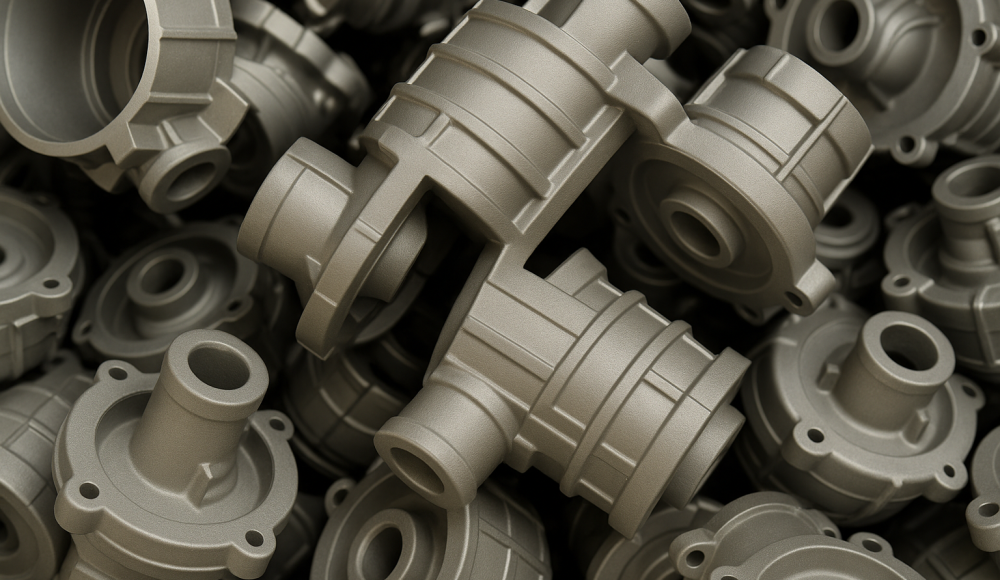

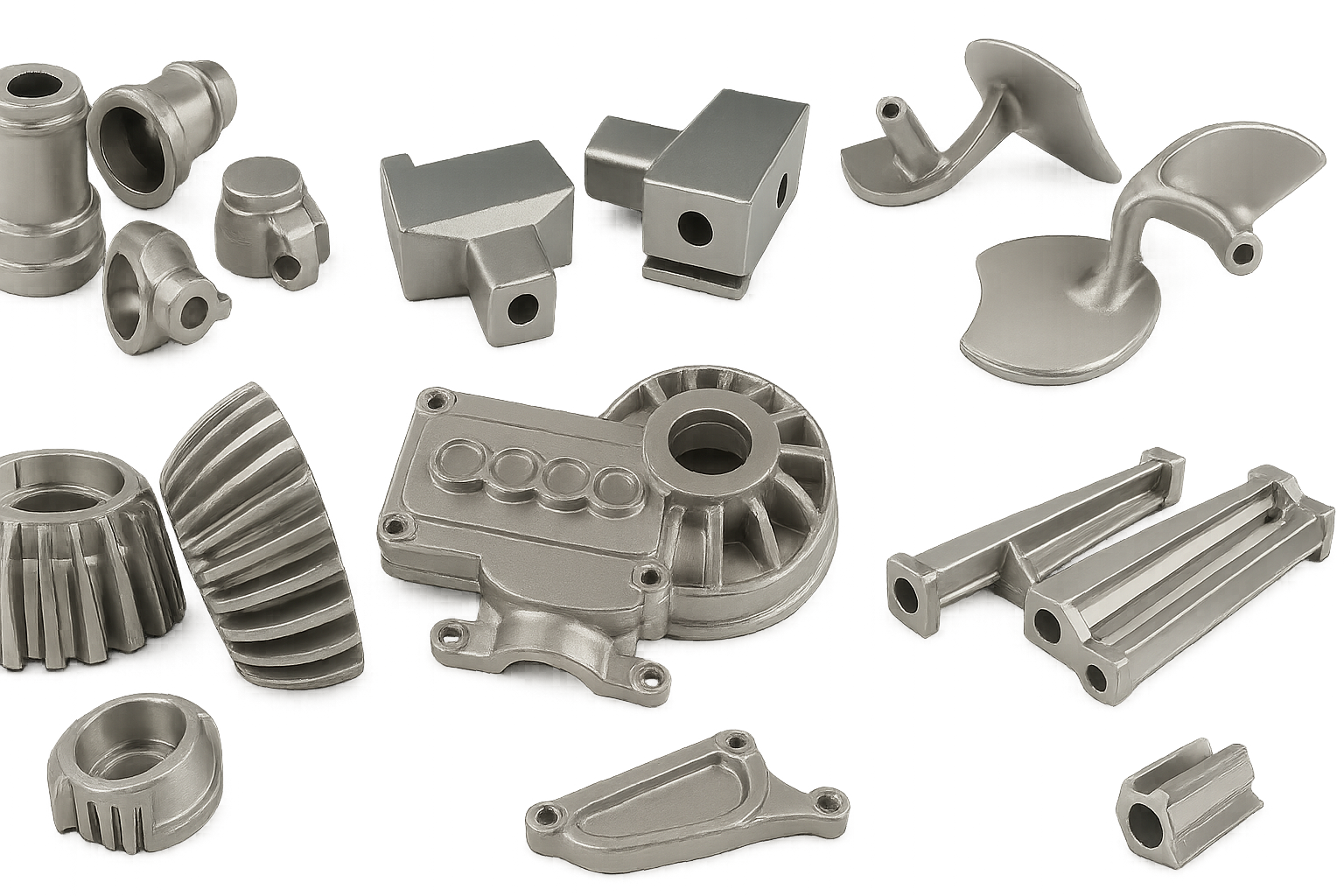
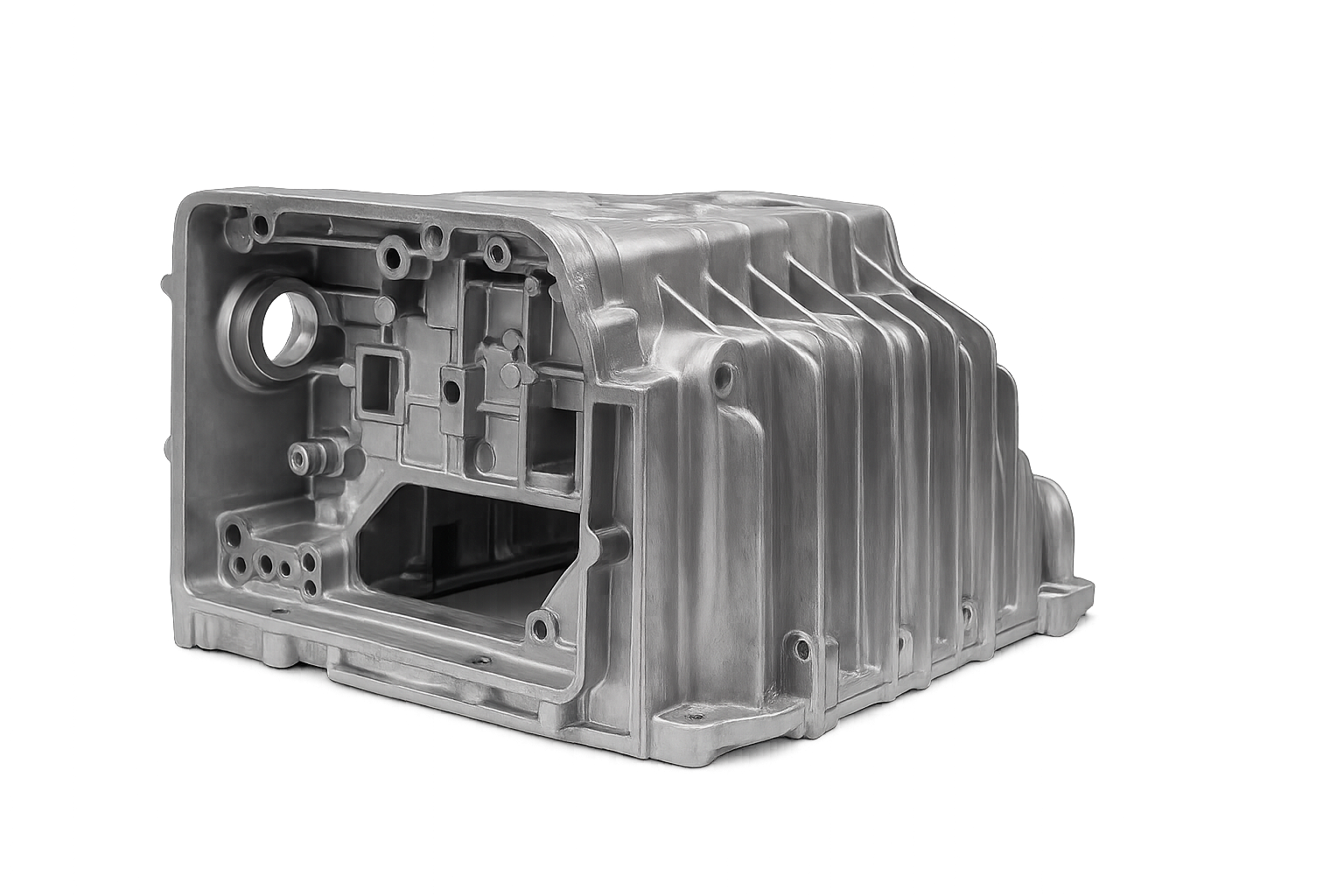
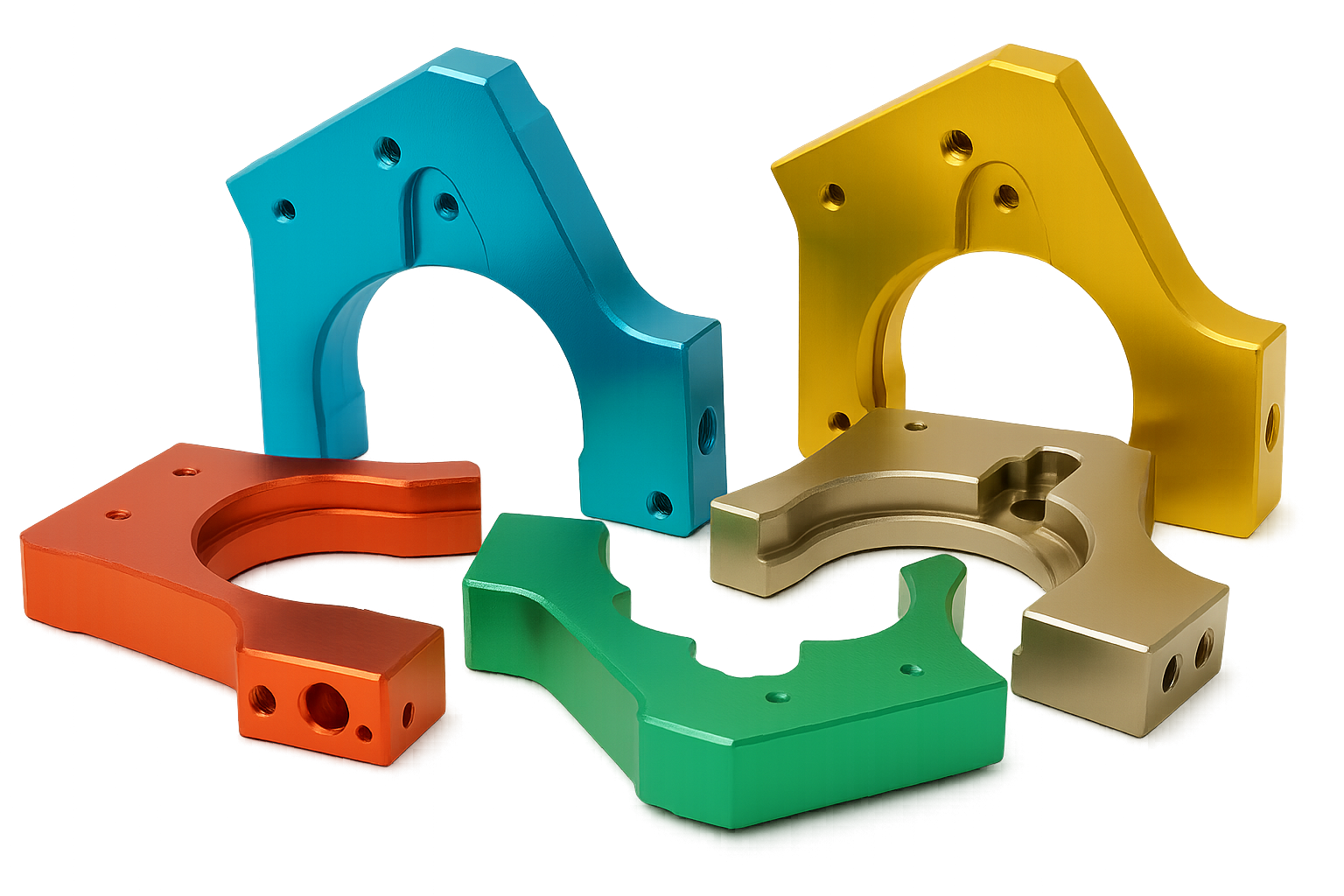
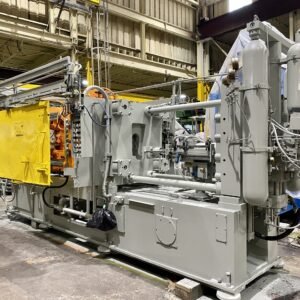
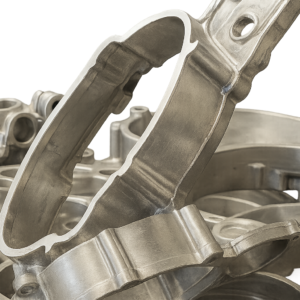
1 pensei em “Guia completo para fundição de matrizes de alumínio: Processo, Ligas, Acabamento & Formulários”